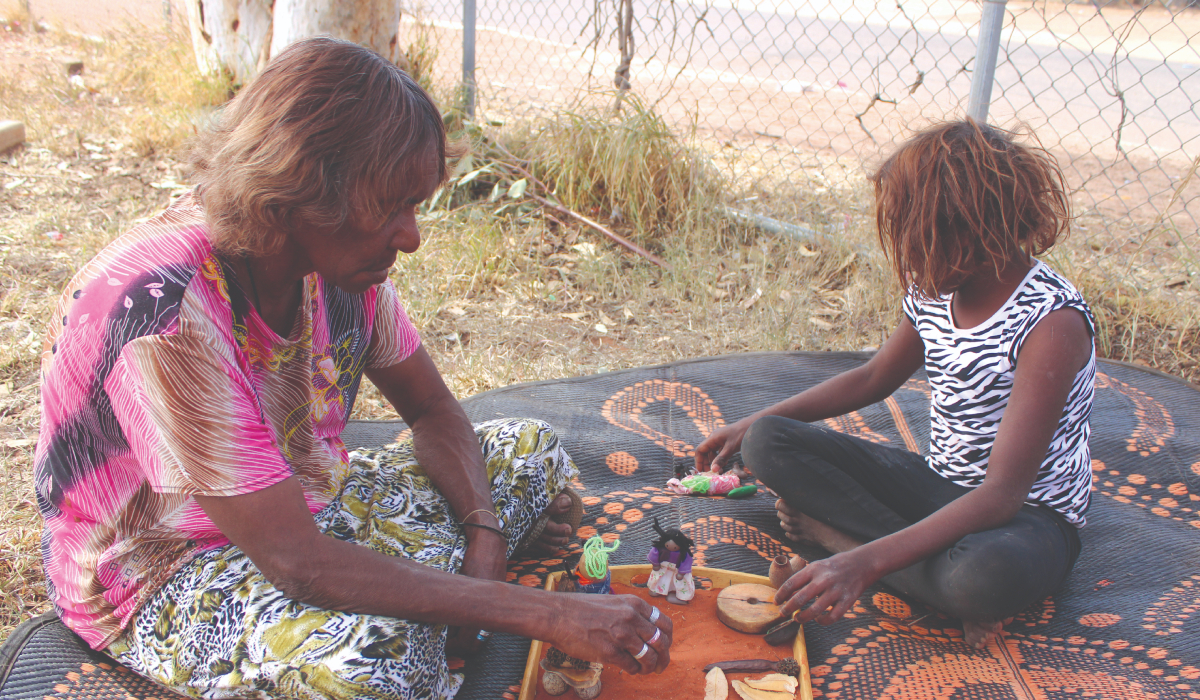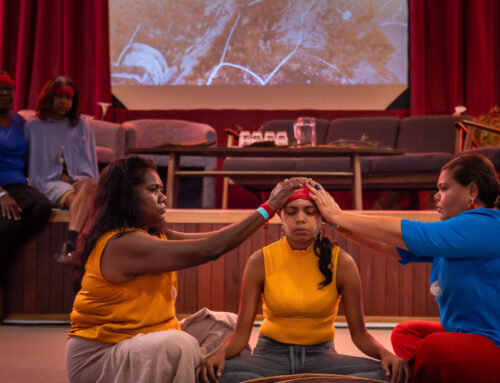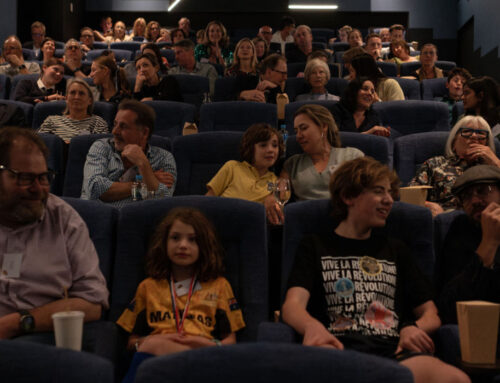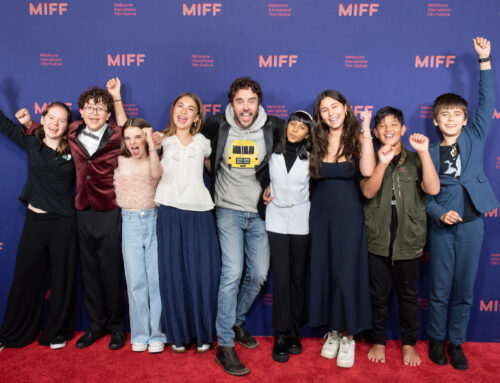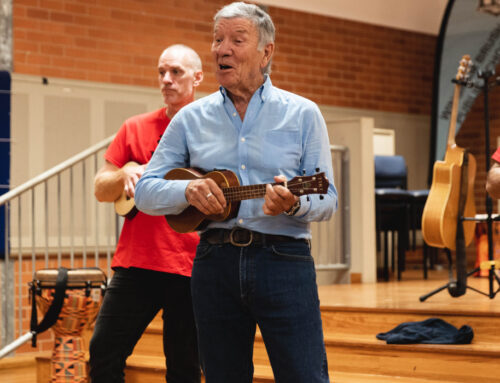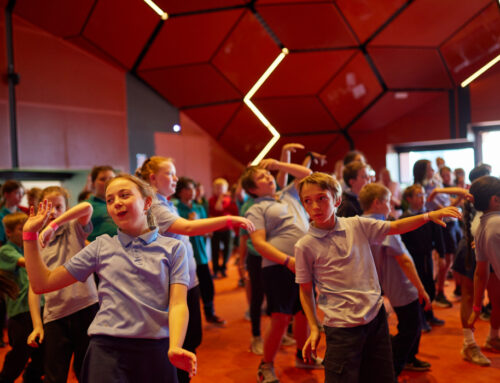Jane Vadiveloo will never forget a conversation she had with Arrernte leader William Tilmouth nearly two decades ago. “Like all First Nations people, William understood inherently what the barriers and challenges were to systemic change. We discussed how we can’t have another generation of children grow up at risk of going into care, at risk of incarceration or suicide, all of them falling out of school. All of them are struggling [because] every single family struggles with the intergenerational impact of colonisation and genocide. We talked about what would create change, the vision of community and solutions within community. He said, ‘We need to write up what we know works and what doesn’t work.’”
The result is Children’s Ground, a 25-year whole-of-community approach devised and led by First Nations people that aims to achieve long-term generational change with a focus on the identity, culture, health, education and wellbeing of children. The organisation behind the program, also called Children’s Ground, was officially founded by Vadiveloo as CEO and Tilmouth as chair in 2011, led by Elders and with a dual governance structure that recognises both First Nations and Western governance standards. The impact is profound.
A passionate and respected CEO – and one of the 2014 Westpac Australian Financial Review’s 100 Women of Influence – Vadiveloo is quick to point out she is non-Indigenous, but her personal and professional connections with First Nations communities run long and deep. A forensic psychologist by training, she worked in Melbourne before moving to Alice Springs and working alongside and learning from Elders who were some of the nation’s most seminal Indigenous leaders in Central Australia. She has worked with First Nations communities in Alice Springs from the late 1990s in the mental health space and Aboriginal-controlled organisations ever since.
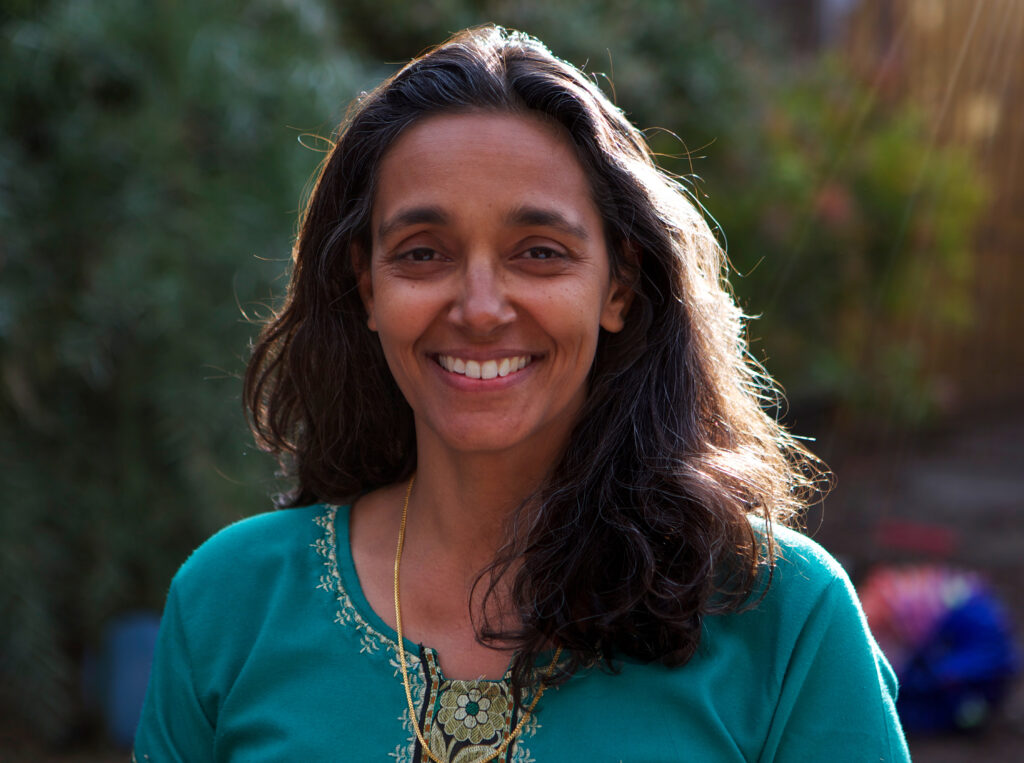
Children’s Ground founding CEO, Jane Vadiveloo (image courtesy of Children’s Ground).
Children’s Ground was designed through the leadership of First Nations people in Central Australia as a whole of community vision. It was then incubated with the Federal Government in 2011 as a model of social innovation, then became an independent organisation with a strong evaluation framework and collective investment strategy bringing together government and philanthropy. For various reasons, the funding was not available to begin in Central Australia, and through invitation the pilot was established in Western Arnhem land in Kakadu in 2013/14.
Today, it is run out of 10 communities across the Northern Territory, five in Central Australia, four in Darwin and one remote homeland in west Arnhem. The organisation receives 45 per cent of its funding from Government, relying largely on philanthropy and corporate sponsorship. The Tony Foundation came on board in 2023, drawn to Children’s Ground’s community-led practice that draws on First Nations culture and creativity as a key means of educating youth.
Children’s Ground embeds First Nations systems, cultural learning and practices at the heart of the communities they invest in over a 25-year period, ensuring those communities are led by and involve the whole of community.
“You might have anywhere from 100 to three or four hundred people living in a community and within the communities every family we know lives with over-crowding, unemployment, ill-health, and multiple stressors,” says Vadiveloo. “If Children’s Ground invests well in a community over a 25-year period and supports the community to lead, a child will see and have access to what [non-Indigenous] communities have access to – education, health care, parents working, culture and identity empowered and at the centre of everything.”
What exactly does Children’s Ground look like in practice? The day begins early at the Children’s Ground hub, an intergenerational centre where Elders, cultural educators, nutritionists, First Nations-informed maternal and child health workers, and Western teachers mix with pre-school aged children, sharing language and culture, a First Nations-led education system taught alongside the Western. All educators – be they Elders working a few hours a week or full-time Indigenous educators – are remunerated. “It’s about equity and employment. And they’re beautiful environments of learning and well-being, a place for no arguments that everybody protects because everybody wants the best for our kids. Nobody has had this opportunity before.”
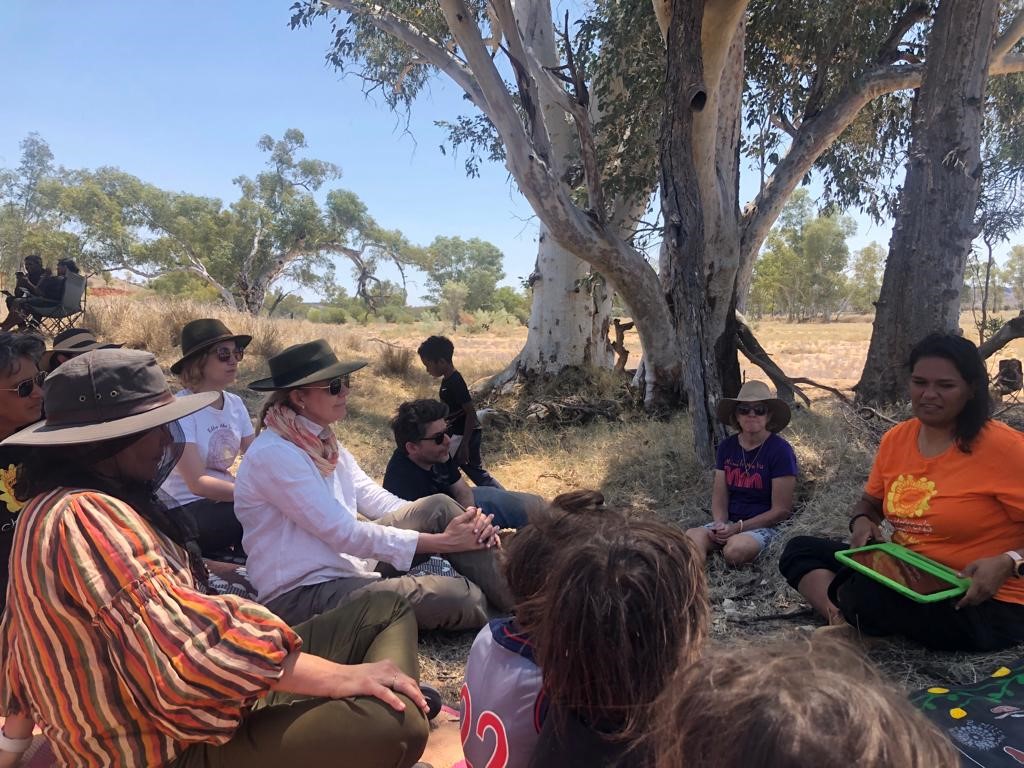
Early Years learning is delivered on Country through the leadership of Children’s Grounds Elders and cultural educators, alongside Western-trained teachers. (Image courtesy of Children’s Ground).
Key to Children’s Ground’s success is on-Country learning so from Alice Springs. For example, busses take children from four or five different local Arrernte communities out onto Country at least two times a week where they can learn about Country, language and culture. It is a rich environment for learning from early years through to primary and the children are fully engaged. This learning is used in both First Cultural and western learning contexts. “All the old people who were born and lived on country are passing away, which means all that knowledge – which is oral and lived knowledge – is at risk,” says Vadiveloo, pointing out that of the 300 First Nations languages only 13 are taught between generations today.
In July, Alberts executive director Ingrid Albert, who runs The Tony Foundation and its support of Children’s Ground, spent a few days in Alice Springs experiencing the organisation’s work first-hand.
“My daughter Ella and I had the privilege of going on Country with First Nations families and camped overnight under the stars. We were welcomed by Elders with a smoking ceremony and invited to experience some of their traditions and culture including a Dreamtime story around the campfire, collecting healing plants and making bush medicine, and joining in the children’s First Nations language learning and songs,” says Ingrid. “Up to 100 First Nations family members joined us and you could see how being on Country and connecting to the earth filled their hearts and souls. We walked away with a deep appreciation of First Nations culture, and the stark reality that this knowledge, language and learning is at risk of being lost forever without the help of organisations such as Children’s Ground to keep it alive.”
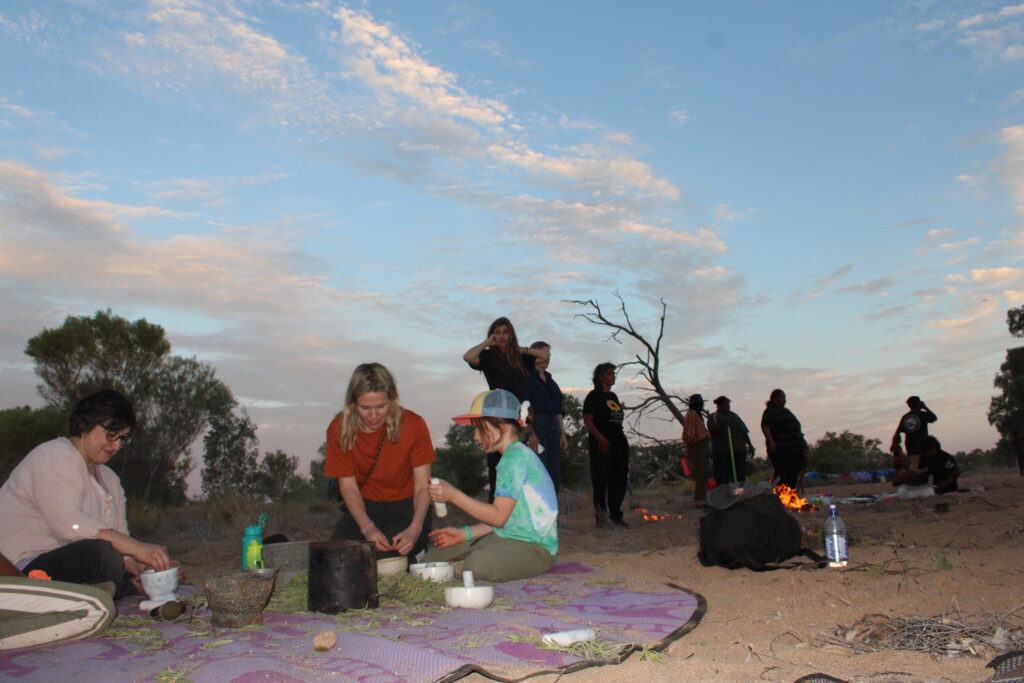
Alberts Ingrid Albert (second left) and daughter Ella experienced learning on Country with Children’s Ground.
On paper, Children’s Ground’s impact is clear. A 25-year longitudinal evaluation forms part of the organisation’s core strategy, compiled by a national advisory group including researchers from Murdoch Children’s Research Institute and James Cook University among others, that delivers results every three years. More than 80 per cent of First Nations staff now employed by Children’s Ground weren’t working when the program began, with more than 60 First Nations staff working in Alice Springs and another 30 in the Top End. Significantly, 89 per cent of families involved reported their children’s emotional health was better or much better as a result of Children’s Ground.
Co-founder and 2023 Elder of the Year William Tilmouth believes radical change is needed and Children’s Ground has the model, approach and ability to effect that change. “Children’s Ground holds the rigour of an evidence-based outcomes approach, with the integrity of community led vision and knowledge. We are bringing together the wisdom of our knowledge systems that have been refined for over 60,000 years, with leading international practice to create a dynamic, exciting era of change,” says Tilmouth.
